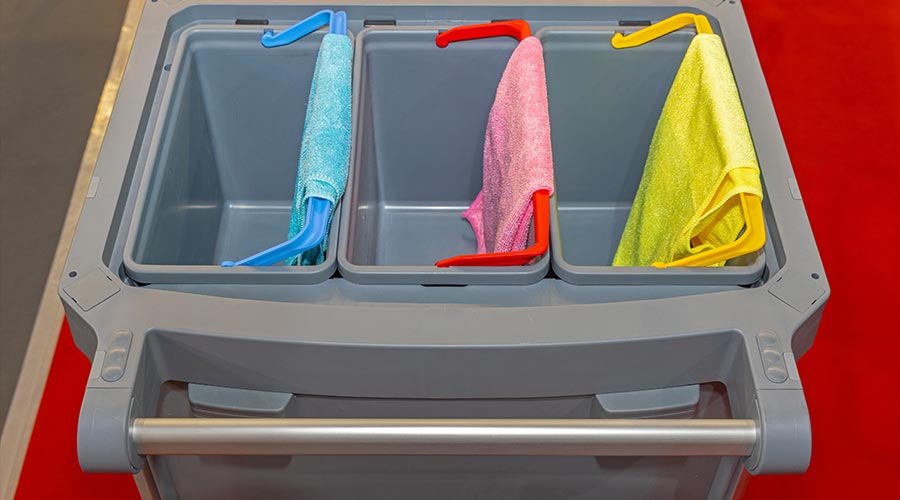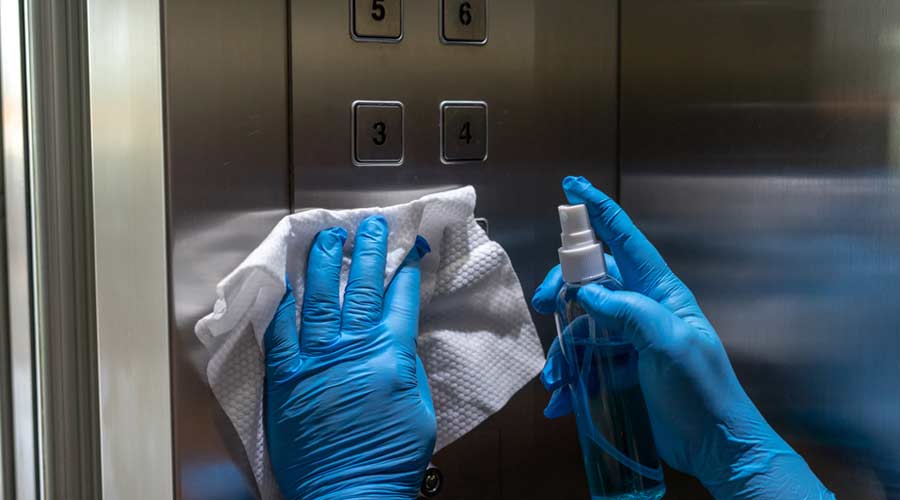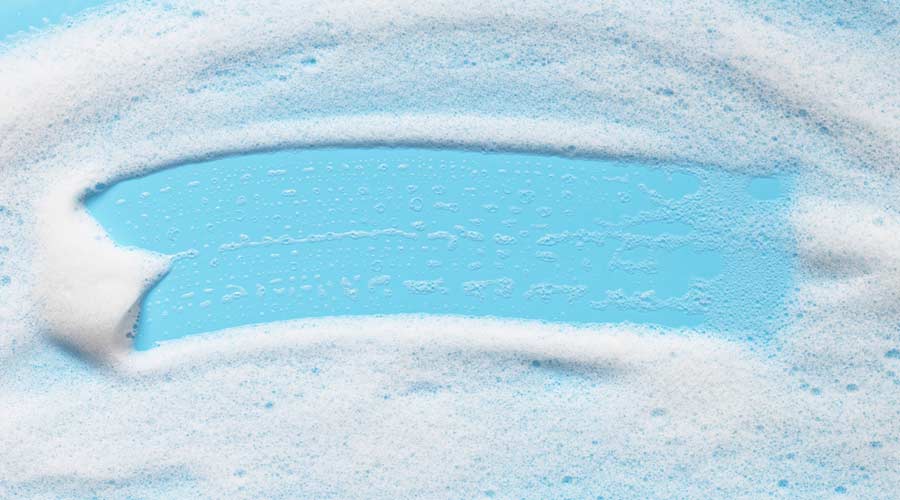
By designating different colored tools for different cleaning jobs, facility cleaning managers reduce the chance of germ transfer and cross-contamination. According to McFadden, the obvious colors serve as constant reminders for staff to adhere to hygiene practices, reinforcing the importance of cleanliness and infection control. They also aid in accountability, as employees can quickly identify if someone is using the wrong tools.
“Color-coded tools are an effective strategy for minimizing germ transfer and ensuring a clean, hygienic environment,” says McFadden. “By adopting a color-coding system, facilities can strengthen their cleaning protocols, boost staff compliance, and create a healthier space.”
However, color coding only works if departments supply enough tools in each color.
“I recommend having more general-purpose, green cloths as workers use more of them,” says Hicks. “If they run out, your employees may grab a different color because that’s all that is available.”
No matter what color-coding system is used, or even if one isn’t deployed at all, Gerba stresses all tools should be clean and in good shape before use.
“The act of cleaning can actually spread germs around a building if workers are using contaminated tools. For example, bacteria and viruses can thrive in dirty mops, sponges, and cleaning clothes,” he says. “Vacuum cleaner use has also been implicated in spreading norovirus in hotels.”
Color coding can be a great process, but perhaps the most important measure in stopping the spread of germs is hand hygiene, for obvious reasons: germ-infested hands take the cold and flu for a free ride.
Hand hygiene includes hand washing and hand sanitizing. These two methods are not created equal. Hand washing requires running water, soap, and a way to dry. Hand sanitizing needs a product that is at least 60 percent alcohol. For the most part, experts agree that hand washing is preferred over sanitizing if water and soap are available — except in one case.
“In a study of risks, we found that hand washing was enough to remove bacteria from hands and not present a risk of infection. But this is not the case for a virus like norovirus. You need to follow-up with a hand sanitizer,” says Gerba. “Also, you are supposed to wash your hands for 20 seconds. Our studies found the average person washes their hands for only 11 seconds.”
Because of this, Gerba recommends placing a hand sanitizer station around the restroom and breakroom exits. McFadden thinks they would also be useful in entrances and exits as well as high-traffic areas like lobbies and reception desks.
“Anywhere visitors and employees congregate,” says McFadden. “By ensuring easy access in high-traffic and communal areas, organizations can promote a culture of cleanliness and health.”
He also urges cleaning crews to establish a consistent schedule for refiling sanitizing stations to guarantee they are always available. Provide signage to remind individuals of the importance of using hand sanitizer, especially before eating or after touching shared surfaces.
Preventing the spread of infections can save facilities billions, but it requires facility cleaning managers to keep on top of products and processes.
Amy Milshtein is a freelancer based in Portland, Oregon. She is a frequent contributor to Facility Cleaning Decisions.
How to Slow the Cold and Flu

 The Down and Dirty on Cleaning in Virus Season
The Down and Dirty on Cleaning in Virus Season How Surfactant Use is Expanding in Commercial Cleaning
How Surfactant Use is Expanding in Commercial Cleaning